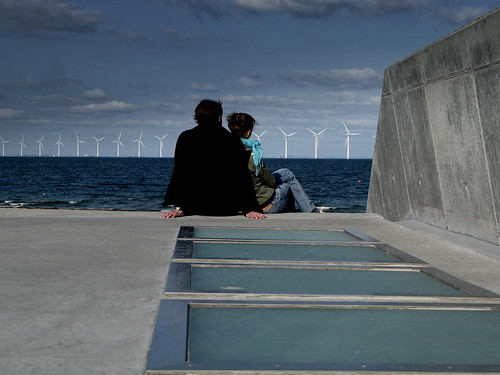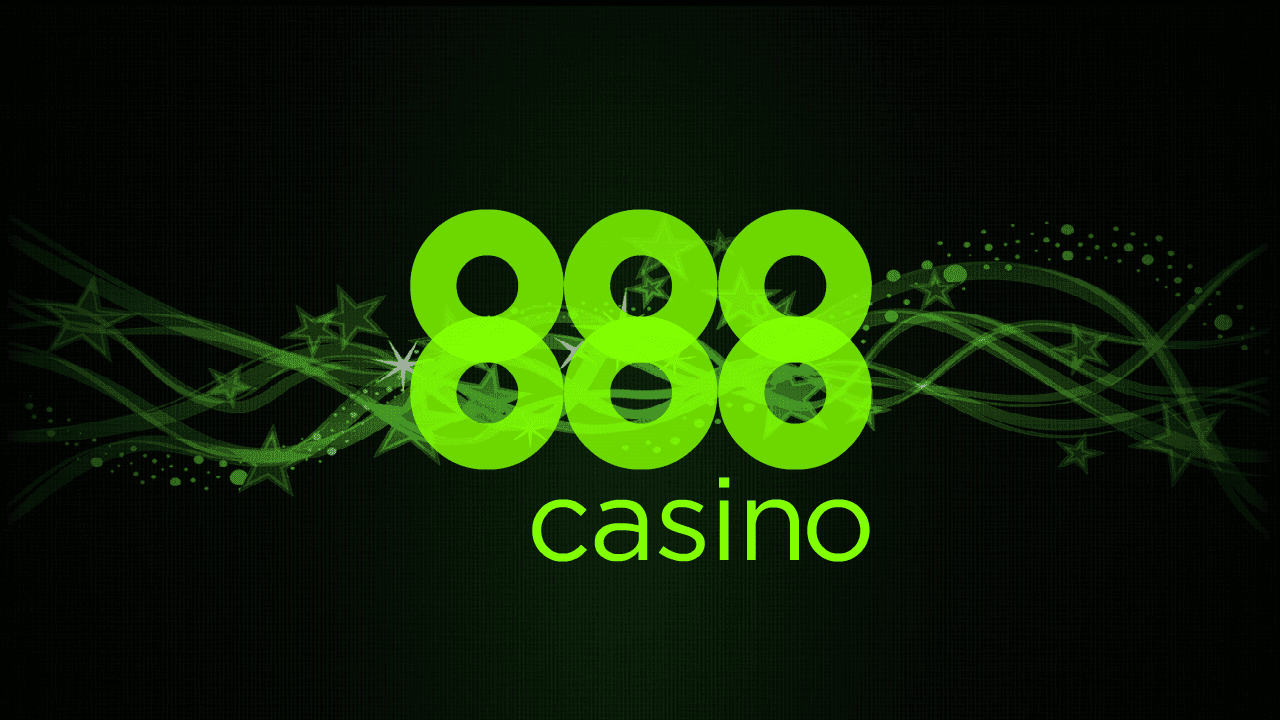

It’s always interesting to read about other people’s angles on Copenhagenizing and green Danish issues. Here’s an article from Climatewire, sent in by one of our readers.
ClimateWire - Feb. 18, 2009
CITIES: Bicycle-friendly Copenhagen strives to outdo itself (02/18/2009)COPENHAGEN -- While the U.S. Congress debated whether to include lessthan $1 billion in funding for Amtrak in the stimulus package, theDanish parliament has put all its economic stimulus eggs in one basket:transportation. The small Nordic country of 5.4 million people willspend 94 billion kroner, or about $16 billion, by 2020 to improvetransportation. Two-thirds of that money will be used to make publictransit even better than it already is.The government will invest billions in high-speed intercity trains thatwill cut travel between northern Jutland and Copenhagen by a third,install light rail systems, expand the Copenhagen Metro, and widen andlengthen city bike lanes."We are making public transit a lot more attractive with massiveinvestments to increase capacity, improve on-time performance and laybrand-new railroads. We are also making the biggest push to promotecycling in recent memory," said Transport Minister Lars Barfoed.For Copenhagen, already one of the world's most bicycle-oriented cities,that is a very tall order. The oil shocks of the 1970s inspired Denmarkto build a vast network of bike lanes in the hope that Danes would startdriving less and biking more. Three decades later, the strategy hasborne fruit in Copenhagen, where a third of the inhabitants, or morethan 500,000 people, now bike to work every day.For visiting American tourists, rush hour in Copenhagen is aneye-opening event. There is more congestion on Copenhagen bike lanesthan on streets. Soon there may be more. The city now plans to increasecommuting by bike to 50 percent of workers by 2015. For many here, thatwill be back to the future. According to the Danish Cycling Association, in the last 15 years, Daneshave begun to slump on their handlebars. The country as a whole saw a 30percent drop in biking as pedalers shifted to the comfort of cars. Nowthe government is determined to spend 1 billion kroner ($171 million) toencourage even more biking by improving cycling lanes, adding bikeparking and producing advertising campaigns.
The 'road to Copenhagen' may well be a track
Denmark is keenly aware of the symbolism of a possible new global carbonemission reduction treaty at the U.N. Climate Change Conference inCopenhagen later this year. The new public transit plan is meant to showvisitors that the Danes are leading by example."Now we will finally break the CO2 curve, which no previous governmenthas managed," said Climate Minister Connie Hedegaard. "We are puttingfar more resources in public transit than into roads. By taxing cars ina climate-friendly way, new emission demands on taxis and new 'green'tolls on roads, we will cut CO2 emissions and reduce traffic jams at thesame time."The legislation was supported by all parties in the Danish parliamentexcept a fringe former communist group. It is based on several coreprinciples:* CO2 emissions from transportation should decrease and car taxesshould be redistributed according to environmental priorities.* Most of the future growth in transportation should take place inpublic transit.* Train traffic should be reliable, safe and state-of-the-art.* Road capacity should be increased in areas with traffic jams orprojected future bottlenecks.* Bicycling should be promoted wherever it is a realistic option.* Denmark should become a green technology laboratory fortransportation.* Bridges, roads and railroads should not disturb irreplaceablenature.* Air pollution in cities should be decreased.
Speeding up and sprucing up the rails
The biggest single item in the transportation package is 22 billionkroner for new train signal systems to align the Danish railway networkto modern European standards, allowing better safety and higher trainspeeds and even full automatization of the commuter train lines in theCopenhagen area. Right now, commuter trains are run by mechanics, butthe newer, automated metro system runs pilotless within the city.A third of commuters in Copenhagen bike to work. The city would like toraise that to 50 percent.An additional 13 billion kroner will be used to lay down extra railwayto double capacity on certain corridors and increase train speeds from120 kilometers per hour to 160 kph, cutting transit time betweenCopenhagen and Odense, the birthplace of fairy-tale writer HansChristian Andersen, by 25 percent to only one hour.The line and signal improvements will also cut travel time betweenOdense and Aarhus from 1 1/2 hours to 1 hour, and between Aarhus andAalborg, the country's fourth-largest city in northern Jutland, from 1hour and 20 minutes to 1 hour. The government's ambition is to cut traintravel from Copenhagen to Aalborg, a distance of 260 miles, to only 3hours from the current 4 hours and 30 minutes.Aarhus, Denmark's second-largest city, with 300,000 inhabitants, willalso get a new light-rail system that will service stations in the cityevery 5 minutes starting in 2015. The central government will contribute500 million kroner to the project, with additional investments comingfrom Aarhus' city hall."A light-rail system will help the environment and public transit in thecity, and will have the same effect for Aarhus as the Metro has had forCopenhagen," said Aarhus Mayor Nikolai Wammen.
Those who insist on driving get 'road pricing'
The state-of-the-art Copenhagen Metro opened in 2002 and currentlyserves 22 stations on two lines. A Metro rider can reach downtownCopenhagen from the airport in only 15 minutes. Under the new bill, themetro will build a third line circling the city at a cost of 1.5 billionkroner."We're talking about an important change of direction in Danishtransport policy," said Johs Poulsen, a member of parliament from theopposition Radical Party. "We're really placing our bets on increasingpublic transit. At the same time, there is a breakthrough in individualtraffic, with the introduction of road pricing."Under the legislation, the government will come up with rules to make itcheaper to buy a new, more environmentally friendly car, but moreexpensive to use it. The final rules will not be released until nextyear, but they are expected to include road pricing, with tollsdifferentiated according to the amount of pollution each car emits.Car owners' lobby FDM was unhappy with the legislation, saying moremoney was needed to ease rush-hour congestion on roads in a countrywhere buying a new car currently triggers a 180 percent tax.The state-of-the-art Copenhagen Metro opened in 2002 with two lines.Construction for a third line has received the green light.FDM's complaints so far have remained unheeded, and the governmentactually added more expenditures for certain drivers in the new bill.Particle filters on trucks were made mandatory from 2011. New taxicabswill have to be more energy efficient, emitting 20 percent less CO2 percar compared to the current fleet of mostly Mercedes-Benz sedans.
Consolation for drivers: a 12-mile bridge to Germany
Some drivers got one wish fulfilled: Denmark will build a 12-mile bridgeto Germany over the Baltic Sea's Fehmarn Strait. The bridge will cost 32billion kroner, or about $6 billion, and will be financed and ownedentirely by Denmark. Construction will begin in 2012, and the cost willbe recouped through tolls, so technically, the funding for this bridgeis not included in the total bill for the stimulus package.The bridge will have a four-lane highway and a two-track railwayconnecting Rodby in Denmark and Puttgarden in Germany. It will cut the 41/2-hour trip between Copenhagen and Hamburg by 1 hour when it opens in2018.Some German environmental groups oppose the bridge, but Denmark says thelink would cut CO2 emissions compared with the ferries that cross thestrait now.It will be the third major transport link built in Denmark in recentyears. The Great Belt Bridge, connecting the Danish islands of Zealand,home to Copenhagen, and Funen, opened in 1998. Two years later, Swedenand Denmark were connected by the Oresund Bridge between Malmo andCopenhagen.






